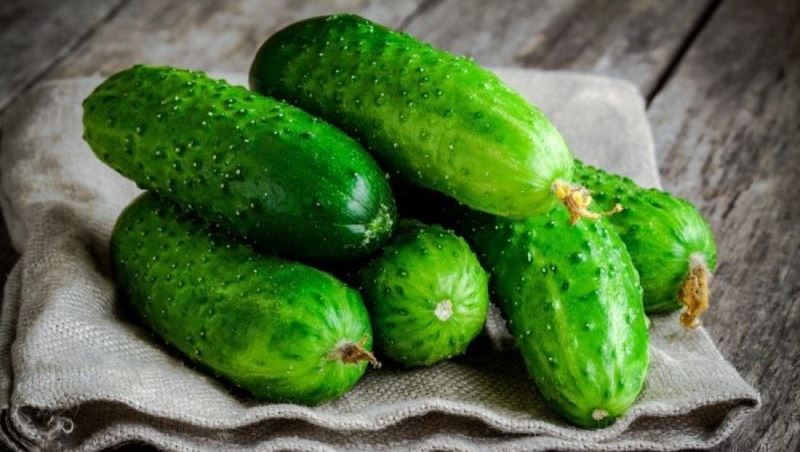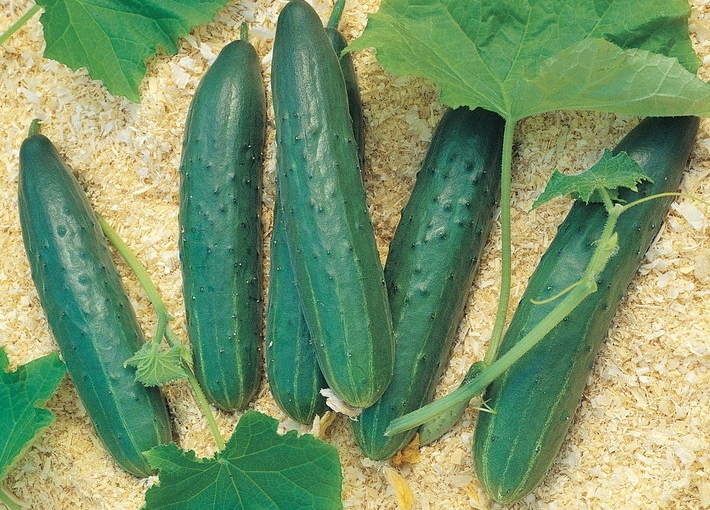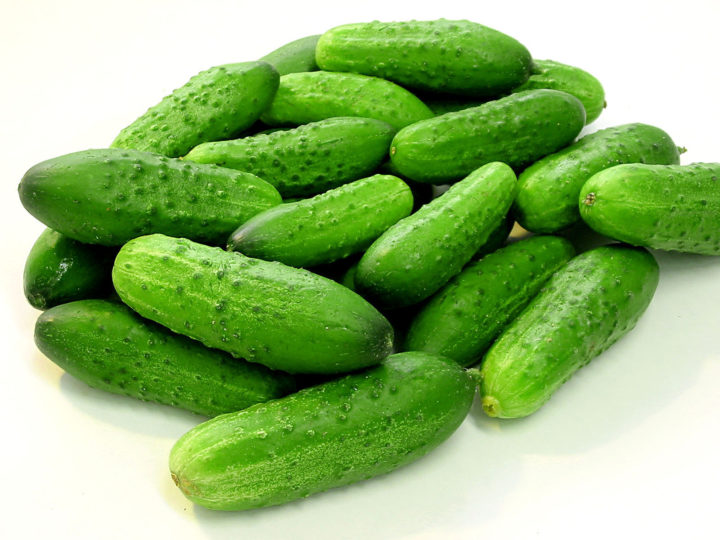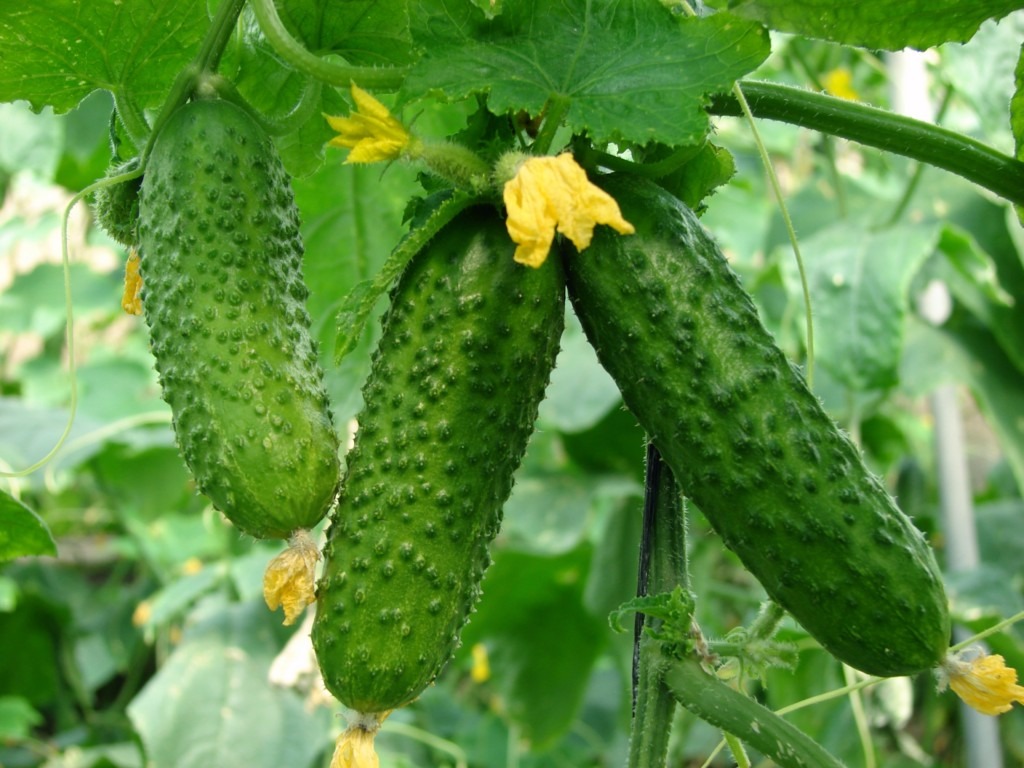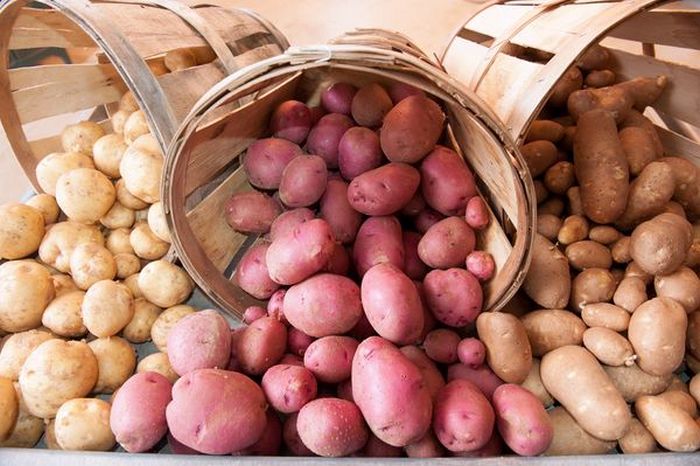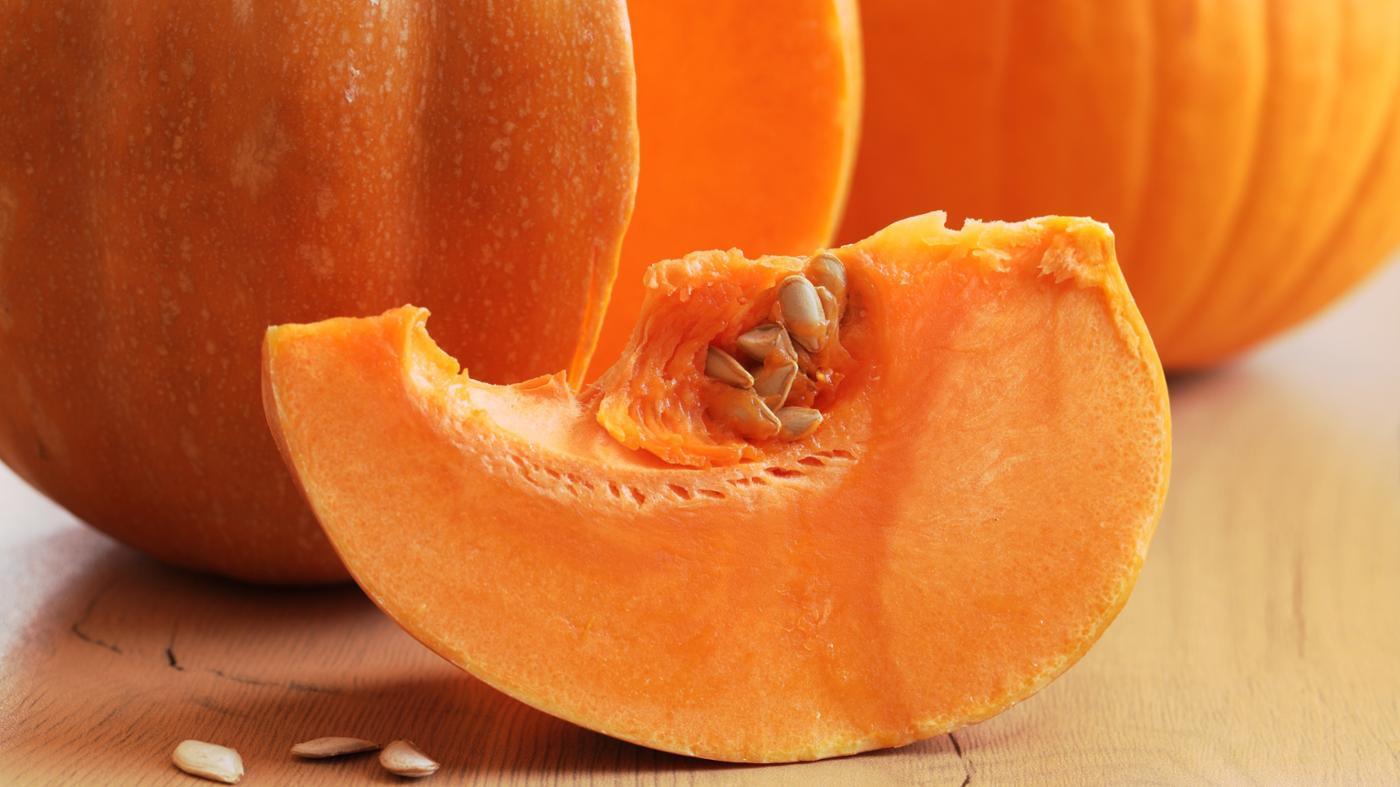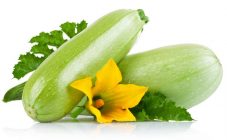Content:
Cucumbers are grown in every household plot, but in some regions of our country it is not easy to collect a large harvest without closed structures. Growing cucumbers in the open field in the Urals is not an easy task, here it is just about growing cucumbers in the open field in the Urals, and also the names of varieties that are most suitable for planting in a greenhouse are given.
The main criteria for the selection of varieties
The summer season in the Urals does not last long and often in August there are already cold nights, so it makes sense to choose those varieties of cucumbers that belong to the early or middle ripening period. With this approach, the cucumbers will ripen before the temperatures drop. Also, cucumbers must be adapted to the extreme weather conditions of the Ural climate.
Such varieties and hybrids can also be grown in closed structures. Based on tastes, they are determined by the size of the fruit, it can be salad species reaching a length of about 25 cm or gherkins up to 8 cm long. Another requirement when choosing seeds is resistance to infections.
So what qualities should you pay attention to when choosing cucumber seeds for the Urals? The main ones are:
- ripening terms;
- zoned varieties;
- high productivity;
- self-pollination;
- resistance to various diseases;
- the size of the fruits.
Popular varieties and hybrids in 2018
Greenhouse cucumbers are the best varieties for the Urals:
Arina F1
Hybrid with increased productivity, for planting in greenhouses, greenhouses, open areas. The plant is vigorous, with rapid development, quickly adapts to cool climates. Even with a lack of sunlight, the side shoots develop well. Plants are resistant to a number of major diseases.
Cucumbers are bright green in color, with large tubercles and light thorns, 15-17 cm long. The taste is good with a characteristic freshness without bitterness, the harvest can be used for cooking, pickling, pickling.
In closed structures for 1 sq. m accounts for 2-3 plants, in open areas 3-4 seedlings.
Toddler
Bunched mini-cornichon with female flowers. In the nodes, from 2 to 5 ovaries are formed. The Karapuz variety has a long fruiting, shoots are constantly growing, forming new ovaries. The plant actively develops even in moderate temperatures. Zelentsy are slightly lumpy, up to 8 cm in size, of a rich green hue. The fruits practically do not outgrow, the taste is good, cucumbers are used fresh and prepared for food.
Dynamite F1
A new powerful hybrid, it feels great in a lack of sunlight, and has a high yield. The plant is bred for harvesting in greenhouses, hotbeds and balconies. The harvest ripens early, 45-50 days is enough. The fruits are lumpy, weighing up to 130 grams, with a characteristic cucumber taste without bitterness. Dynamite F1 is resistant to major diseases; seeds are sown for seedlings after April 20. If you plan to plant immediately in the greenhouse, then sowing is carried out in mid-May.
Varieties and hybrids of cucumbers for planting in open areas
Cucumbers for open ground for the Urals - here you need to choose early varieties that are resistant to a cool climate, suitable with the following names:
Blizzard F1
An early ripening hybrid that is self-pollinated, yields a crop, suitable for growing in open and closed spaces. Fruits are bright green, with light thorns, 8-11 cm long. Blizzard F1 is resistant to downy mildew, mosaic virus. Cucumbers are fragrant, good taste, suitable for salads and preparations.
The seed material of this hybrid can be planted on seedlings or directly into an open bed. At home, the seeds are planted in separate containers in early April. In early June, after the threat of frost, seeds can be sown directly into the ground.
Gusto
Early ripening variety, distinguished by the absence of bitterness. Cucumbers have a high presentation, carry long-distance transportation, greens do not turn yellow. The plant is resistant to a number of diseases. The variety can be grown in open and closed areas.
Multifruit
A new early ripe variety - obtained as a result of the labors of domestic breeders. Fruits of intense green color, medium lumpy with light thorns. Fruiting lasts from June to August. The length of the zelents is 8-12 cm, the flesh is dense, aromatic, crispy. Variety type
Landing dates
Many gardeners are interested in when to plant cucumbers in a greenhouse in the Urals. This issue needs to be considered in more detail.
- Greenhouse. The varieties of cucumbers listed above for the Urals can be planted in seedlings. For planting in various designs, seed is planted in the last days of April. The grown seedlings are transferred to the greenhouse no earlier than from mid-May. Seeds are sown after May 20, in a soil well warmed up to +15 degrees.
- Open beds. Without shelter, cucumber seedlings are planted no earlier than June 10, the seeds can be sown at the end of May.
How to grow cucumber seedlings
For planting seeds of cucumbers of the best varieties for the Urals, shallow holes are made and a pair of seeds are laid in them. It is possible to immediately use separate containers so that the roots of the plant are not damaged when transferring to the garden. Seedlings appear at an air temperature of +25 degrees. In this case, the soil must be moist all the time. When 4-5 true leaves are formed on the plants, the cucumbers can be transplanted into open areas or in greenhouses.
Planting seeds in open ground
A suitable area with fertile soil is leveled, loosened, and plant debris and weeds are removed.The holes for planting seeds are made at a distance of 20 cm from each other, 40 cm are left between the rows. The holes are well spilled with warm water, 2-3 seeds are placed and covered with soil. Next, the bed is watered and covered with agrospan, so the moisture will evaporate less intensely. Seedlings will appear in about 5-7 days, depending on varietal characteristics, after which the beds are already open.
Care
Watering
Cucumbers are moisture-loving plants, and therefore need timely watering. The water should be heated in the sun. On especially hot days, irrigation is carried out twice a day. If it rains, there is no need for watering. It should be remembered that a lack of moisture leads to falling flowers, and the greens themselves lag behind in growth and become bitter. For the intensive growth of this crop and a bountiful harvest, it is necessary to keep the soil moist.
Lash formation
In closed structures and on ordinary beds, cucumbers for the Urals are greenhouse - care, planting, pruning - is mandatory. Clean sharp scissors are used for the procedure. All self-pollinating varieties are grown in one stem. Cut off the lateral stems and leaves growing down. The lower flower buds are also removed. On ordinary varieties, the lashes are pinched as they grow every half a meter.
Top dressing
Fertilization is carried out 2-3 times per season. To do this, use folk recipes that include yeast or onion husks, bread in the recipe. It has a beneficial effect on cucumbers and nettle infusion. For its preparation, nettle is crushed, placed in a large bucket and poured with water, after three days the nutritious infusion is ready. One liter of nettle composition is diluted in 10 liters of water. 2-3 liters of nutrient solution is enough for one plant.
Pest and disease control
Common diseases of cucumbers
- powdery mildew - against this disease they use sulfur powder processing 20-30 g per 10 m²;
- white rot - diseased plants are burned, the soil is treated with a solution of copper sulfate (2 g) and urea (10 g) per 10 liters of water;
- cladosporiosis - treatment with a 15% solution of Bordeaux liquid, for preventive purposes, it is imperative to feed with potassium sulfate.
Potential pests
- melon aphid - use an infusion of herbs (tobacco) or tablets "Inta-vir";
- spider mite - sprayed with infusion of garlic or onions - 200 g per 10 liters of water;
- slugs - sprinkle the cucumber beds with ash or tobacco. Saucers of beer are placed against the slugs next to the plantings; in the morning, insects that have fallen into the beer trap are thrown away.
Proper care of a delicate plant in the Ural climate will bring its owner undoubted joy with its emerald appearance and wonderful aroma of spring, which we always associate with the freshness of the scent of a young cucumber.
